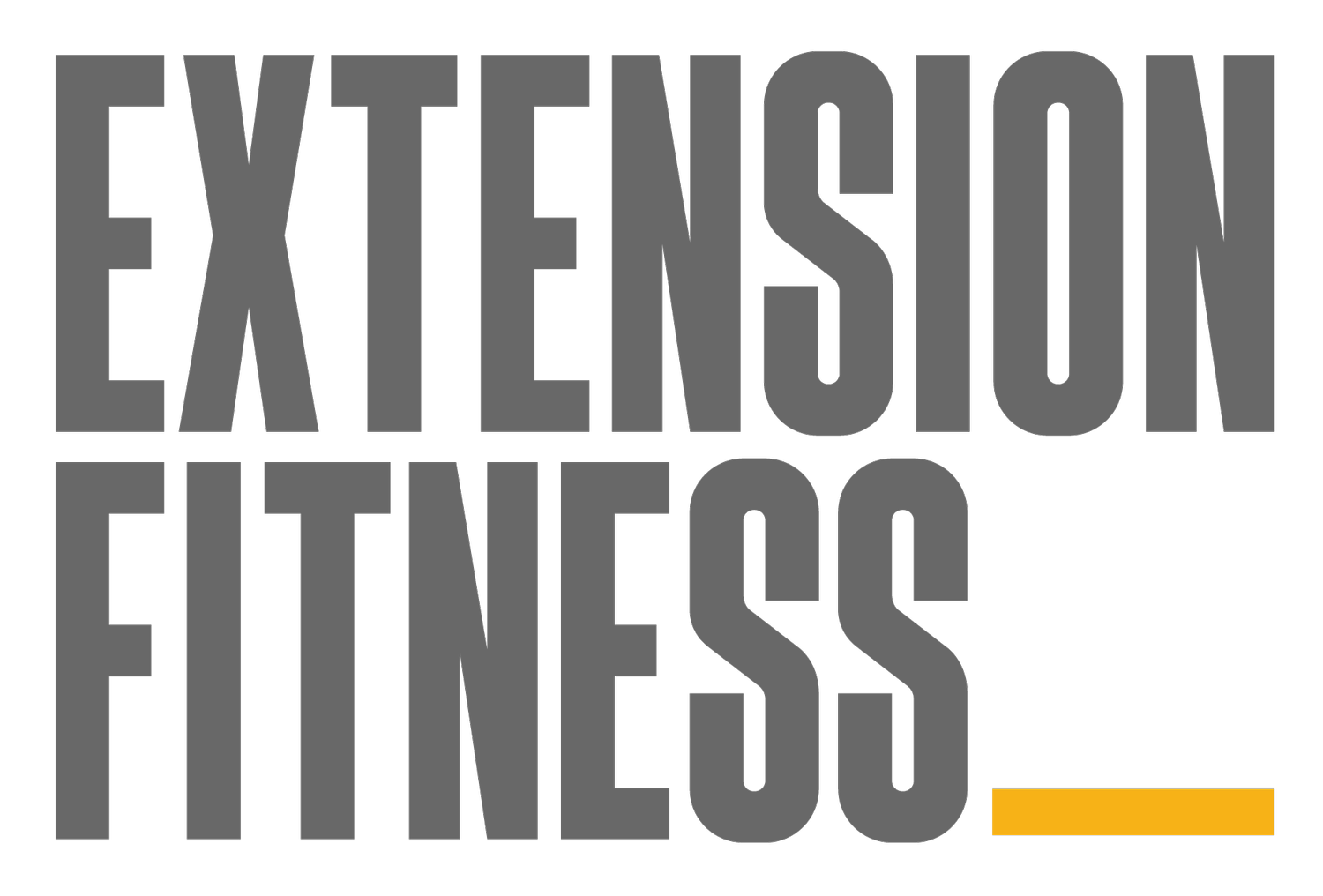Kelpie Korrespondent #4: Sub-20 minute 5K Update
Well, I did it! That is - I ran a sub-20 minute 5K. Two weeks ago today, as it happens. At Claisebrook Cove Parkrun and in 19:47.
So, how did I do it?
First, I diligently “ran long” once per week. I started this at about 10K at an easy pace (for me) and then inched it up to a maximum of ~16K. Occasionally, this was on pavement (around Kings Park with friends) but most of the long running was done on the long stretches of soft grass at Langley Park. I’m someone who doesn’t mind loops and laps (some people hate this and need “the journey”) but I don’t mind repetition so much. It was super cruisey in terms of effort-level but difficult to keep going from tiredness.
Secondly, I “ran hard” once per week. This was on a three week cycle;
Week 1: Tempo (25-35mins at around about half marathon pace, i.e. able to talk a little but not conversational pace, or “brisk”, as in “up tempo”)
Week 2: Long intervals (4 reps of 1K or 1500m at 5K effort level and maybe a smidge higher)
Week 3: Time trial (3.5-7K race against myself and the clock - but holding back a little to avoid excessive fatigue)
Thirdly, I ran as often as I could within reason and my own tolerance. In addition to the sessions above, I tried to squeeze in 1-3 easy-moderate pace runs between 5-8K. I did not run so much that I was feeling trashed in general life. I also did a reasonable amount of somewhat hard training on an assault bike. I really like this as a way to get hard effort into the body with a low fatigue cost.
Fourthly, I kept strength training. Twice per week. Lifting reasonably heavy (for me) but with a focus on volume and only a very small amount of high-effort lifting. This helped get me through an ITB niggle en route to my goal. I feel that when I am flirting with a lower limb overuse injury, the muscles in the affected area get a little “loosey goosey,” and benefit from strength work on a brain-training level. It’s as though the resistance exercises help to unscramble the circuits. Disclaimer: that is me thinking out loud from my sample size of 1 so don’t take it as fact!
So, there you have it. 43 years old and able to go under 20 for 5K. Not bad! The formula here is one that is pretty applicable for most recreational runners given they have the time available for the training I’ve outlined.
Postscript:
What actually happened to my body that can explain the increase in endurance? Here’s a non-exhaustive list:
Increased size and density of mitochondria in muscle cells (the mitochondria is an important site of energy production in cells)
Increased number of blood vessels bringing fuel and nutrients to muscle
Increased capacity to cope with the fatigue inducing byproducts of aerobic (“with oxygen”) metabolism
Increased psychological capacity to cope with the desperate feeling of running at my limit
Other stuff
